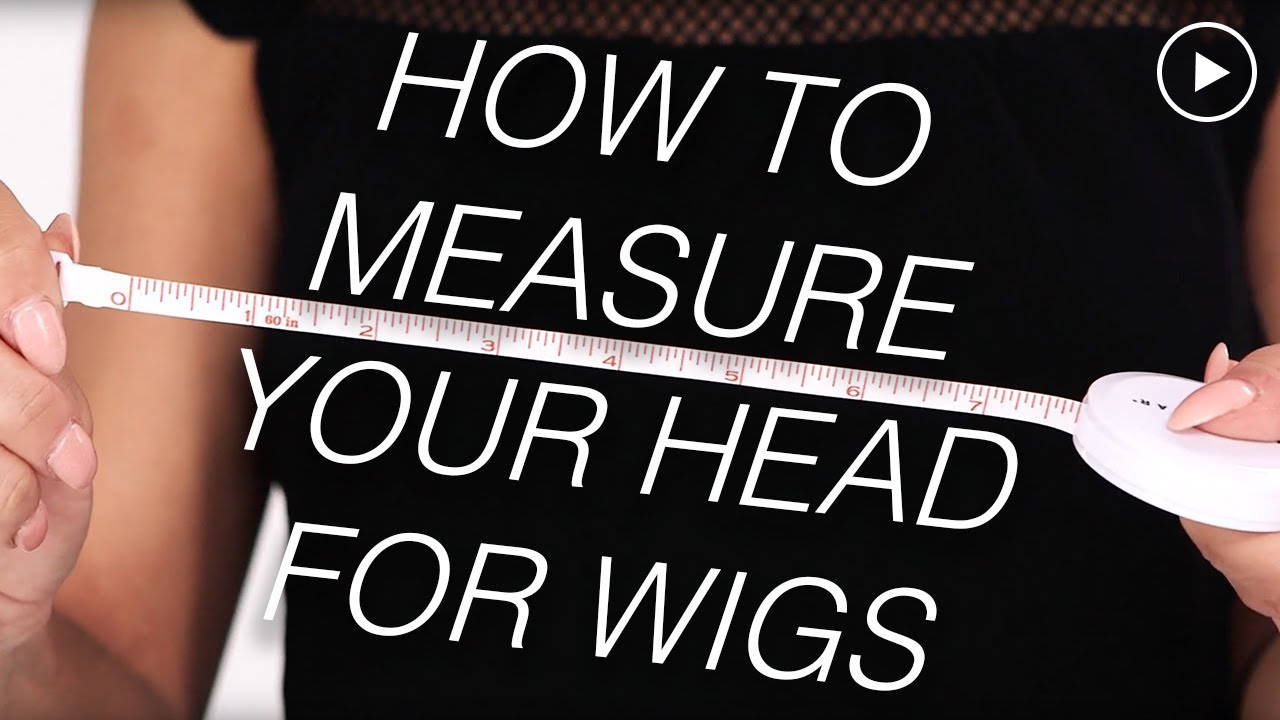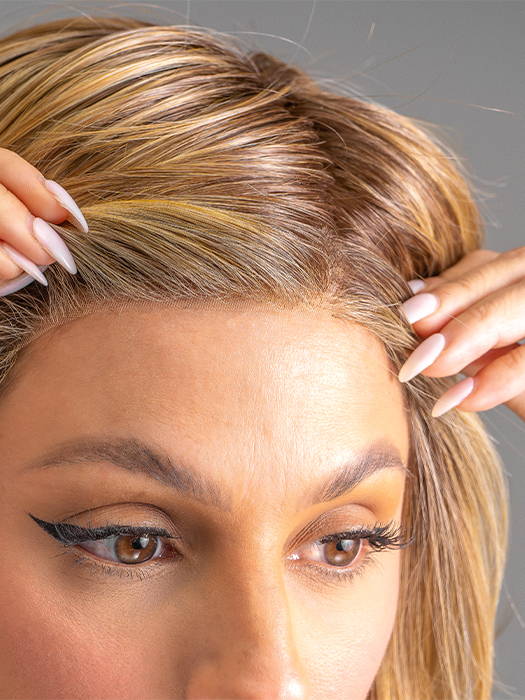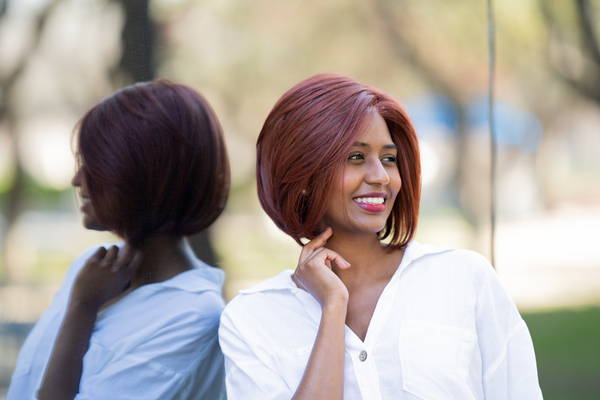Regular synthetic wigs tend to be the most popular choice for first-timers and they’re the most budget-friendly. They hold their style and are usually the easiest to care for. They last around 4-6 months with daily wear and proper care.
A Beginner’s Guide to Wearing Wigs
MARCH 23, 2023
For the novice wig-wearer, taking that first step into a new look can be daunting. That's why we've put together this guide to help you get started. We’ll share the basics when it comes to choosing and caring for your new hair.
Cap size
Fiber
Wigs come in several different fibers– regular synthetic, heat friendly synthetic, human hair and human hair/synthetic blend. Which fiber you choose will depend on your lifestyle and budget.
Regular synthetic wigs
Heat friendly synthetic wigs
Heat friendly synthetic wigs are great for all the same reasons as regular synthetics, except they have the added benefit of optional styling with hot tools. They can withstand temperatures up to 275° Fahrenheit. They do tend to frizz faster and require slightly more maintenance than regular synthetics, putting their lifespan around 2-3 months.
Human hair wigs
Human hair wigs look and feel the most natural, but they do come with a price tag. They can also last up to a year or longer depending on care and frequency of wear. They provide the ultimate stylability but also require the most maintenance.
Human hair/synthetic blend wigs
Human hair/synthetic blend wigs are the best of both worlds. They land in the middle as far as price and longevity, while offering the ability to heat style like human hair. These blends also look incredibly natural.
Cap Design
Wigs also come in a range of cap designs from fully wefted up to 100% hand-tied. The more hand-tied features a wig has, the more natural it will be. These are the most common types you’ll come across:
Basic Cap
Basic Caps are the first ever to hit the wig market, this design is fully wefted and will be the least expensive. They’ll have “permatease” at the base of the cap to help disguise the wefts, which also provides more volume to the style.
Lace front
Lace front wigs with lace fronts can be fully or partially wefted as well as 100% hand-tied. Usually made of ready-to-wear, welded lace or unfinished swiss lace that requires customization, they provide a natural-looking hairline because each fiber or hair is individually tied onto the lace.
Monofilament top
Monofilament top is type of cap design gives the illusion of hair growing from your scalp and allows you to part your wig in any direction. It’s often combined with a lace front but not always– many styles with bangs will have a polyurethane strip at the front of the cap where you can use wig tape.
100% hand-tied
100% hand-tied is the most luxurious and realistic of all designs, this cap is usually the most expensive but well worth it. Every fiber or hair is hand tied onto the cap, including the lace front, allowing the most natural movement and appearance of scalp no matter how you wear your hair.
Color & Style
Wearing your wig
If you have medium to longer lengths of hair that you’ll need to tuck under your wig, pin your hair tightly to your head with bobby pins and wear a wig liner/cap. If you have short hair or no hair at all, you can go sans-wig liner, but you might still like to wear one for comfort especially if you have sensitive skin.
Once your head is prepped, put your wig on as shown here.
Only adjust your wig using the ear tabs and nape so as to not cause damage to more delicate areas of the cap
Care & Styling
Wash every 6-8 wears
Use care & styling products made for wigs and formulated for each fiber, especially shampoos and conditioners
Detangle often with a wide tooth comb and use a detangling spray for synthetics
Store your wig on a wig stand or safely in its wig box for long term storage

Shop The Blog!
As seen in 1st image
As seen in 2nd image
As seen in 3rd image












